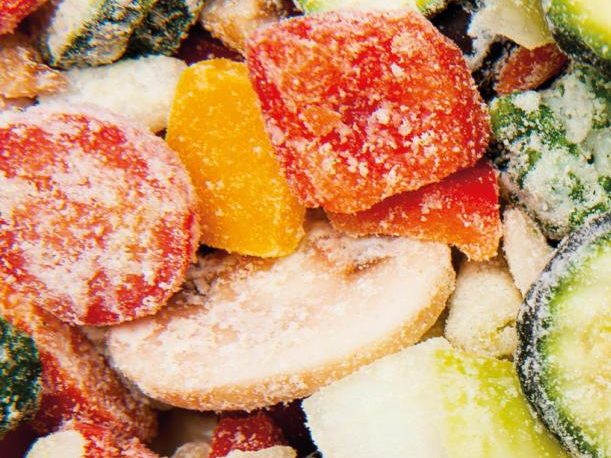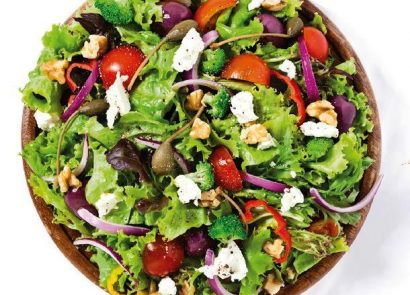In an ideal world, we would all love to cook meals, made with freshly bought ingredients, from scratch every evening. Yet in reality, we’re often too busy. As well as being costly, the fresh food can be wasted if you don’t cook it in time. There’s an alternative – head to the frozen aisle. You might think of frozen products as a backup option, but this chilled variant of food has arguably had a raw deal.
“Frozen foods can provide a convenient and cost-effective way to access healthy foods such as fruits and vegetables,” explains Rob Hobson, registered nutritionist and head of nutrition at Healthspan (healthspan.co.uk). “Many of these foods are just as healthy frozen as they are fresh. Especially vegetables, which are flash-frozen at source. However, the bad reputation of frozen goods come from unhealthy and processed products. Such as burgers and fatty ready meals.” Here’s why you should reconsider the healthy frozen options.
They are nutritious
Boasting a long shelf life, frozen food slows down the deterioration process of food. Freezing can be done immediately after harvesting, so the nutrients are locked in, making them handy for our ever-increasingly busy lifestyles without compromising on health. “Within three days of vegetables and fruits being picked, they will contain less vitamins,” says Kajsa Ernestam, in-house dietitian at Lifesum (lifesum.com).
“A recent study by the British Frozen Food Federation (BFFF) showed that the retention of vitamin C is the least stable nutrient during processing, as it’s highly sensitive to oxidation. Fruits and vegetables can therefore lose as much as 80 percent of their vitamin C within three days after harvest. Some of the fresh foods found in supermarkets, especially those that are not locally in season, will have been in transport for quite some time before finally reaching the shelves of your supermarket. Green beans from Kenya, or bananas from Costa Rica, for example, are often at least a week old.”
This is where frozen food can have an advantage. “If you’re not able to get good-quality fresh fruits and vegetables, frozen ones are a good option, especially if you would like foods that are not in season. That being said, just as with fresh foods, make sure you choose healthy and natural offerings. Frozen foods such as frozen berries sometimes contain added sugar. Therefore, always check the nutritional label and make sure you choose the ones without additives.”
They are budget-friendly
“If you are constantly finding you throw away food because you didn’t make the recipe you bought produce for, or they got stuck at the back of the fridge and you forget about them, then buying frozen can help,” explains Bethan Hamilton, registered associate nutritionist at Vega (myvega.com). “It means you won’t ultimately waste money on all the food you throw out. Frozen ingredients can often be cheaper than fresh variants from a supermarket, depending on the product and the amount you would like to buy. A good tip is to look at the price per kg, then you will know the best offer. And speaking of offers, it’s also always worth taking a look at the discount section of a supermarket because there may be a great deal on fresh ingredients about to go off that you can purchase and freeze yourself at home.”
They save time
For the time conscious – and, let’s face it, that’s the majority of us – freezing freshly prepared meals is a great way to ensure you always have a healthy, balanced dinner on reserve for busy evenings. “Cooking in batches means there is always something in the freezer for those times when you can’t be bothered to rattle the pans after work,” says Rob. Consider the portion size you will need for each serving of the dish and freeze it in an appropriate container. Also, remember to label any meals with a date and their contents, making it easier to recognise when you come to heating it up later on.
Convinced?
In that case, here’s a rough guide to the foods fit for the freezer. “Most foods can be frozen. Including baked goods like bread,” explains Bethan. “Just make sure, when you freeze the ingredient, it’s prepped ready for use. For example, peel your banana, avocado or potato before freezing, so it can immediately be thrown into your dish. However, foods with a high water content such as fruit and veg (think: tomatoes or cucumbers) are harder to freeze as well. It’s still fine to cook with so don’t worry. ” Cooking with frozen vegetables is also a great way to cram in your five-a-day, as Rob explains: “Any frozen vegetable can be added as part of a dish (one-pot styles such as bolognese, chilli and curry, or soups) and peas or edamame work great as dips when blended, which you can do from frozen.”
You ‘thaw’ it here first
Bethan shares her top three tips for getting the most out of your frozen foods.
Waste not, want not
Going on holiday or haven’t got time to eat all of your fresh ingredients? Get out the Tupperware, then chop and freeze any fruit and veg left in your fridge. Not only does it stop waste, it means you also have vegetables to make a quick stir-fry on your return.
Smoothie operator
Whether bought pre-packaged or frozen from fresh, keep an array of mixed berries and bananas in the freezer for a quick smoothie in the morning. Veggies can also be made into a quick soup [with a stock cube] and frozen for a lunch or dinner at a later date.
The best thing since sliced bread
We all love a fresh loaf from the supermarket, but how many of us are guilty of never finishing it before it goes mouldy? Instead, slice it up and freeze it. That way, you can just pull out a slice whenever you need it and can put it straight in the toaster for some toast, topped with peanut butter and banana, for breakfast or a snack.
Easy peasy Fish pie recipe
Use frozen ingredients to make this deliciously simply recipe. Keep a stock of it for those cold nights when you need some healthy comfort food.
- 100g diced smoked cod
- 100g salmon
- 25g chopped dill
- 100g frozen prawns
- 100g cooked frozen mussels removed from the shell
- 25g chopped parsley
- Zest and juice of 1 lemon
- 250g crème fraîche
- 100g frozen peas
1. Simply mix all the ingredients together in a big mixing bowl and season with salt and white pepper.
2. Place the mix in a suitable oven-proof serving dish
For the topping:
1 Mix 200g of panko breadcrumbs with 100g of finely grated Scottish mull cheddar and pack on top of the pie.
2 Bake in the oven at 160°C for 45mins.
Adam Newth, The Tayberry (tayberryrestaurant.co.uk)
- Want to try some other recipes? Click here for a delicious pudding recipe to make for dessert!
Frozen friends
-
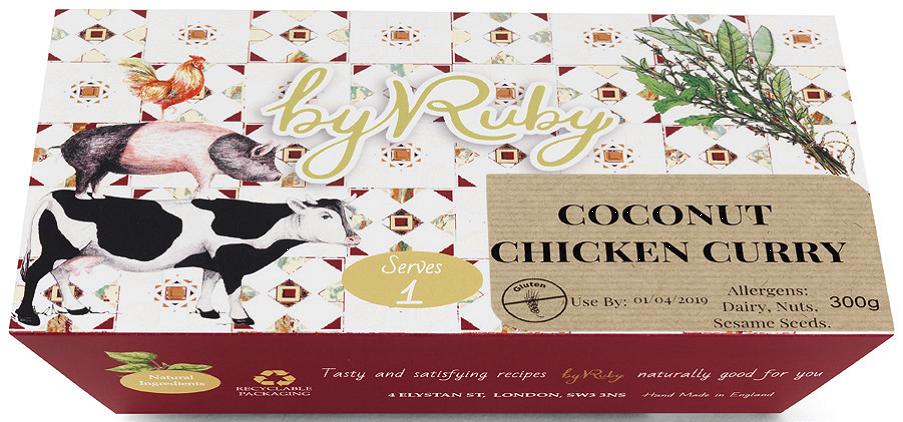
- By Ruby Coconut Chicken Curry £6.80, byruby.co.uk
-
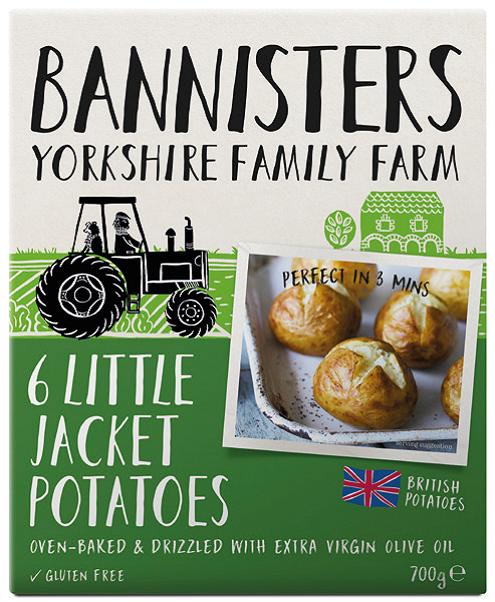
- Bannisters 6 Little Ready Baked Potatoes £2, groceries.morrisons.com
-
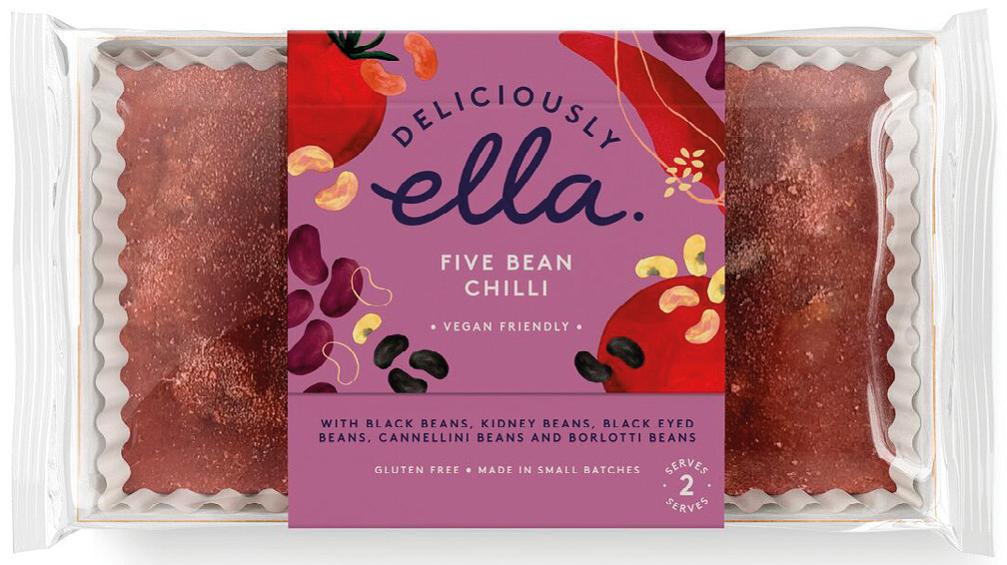
- Deliciously Ella Five Bean Chill £3.99, ocado.com









